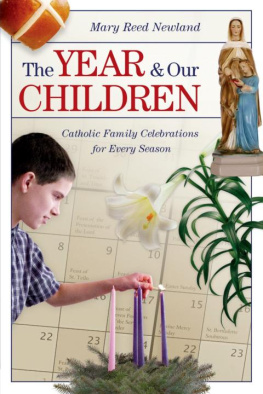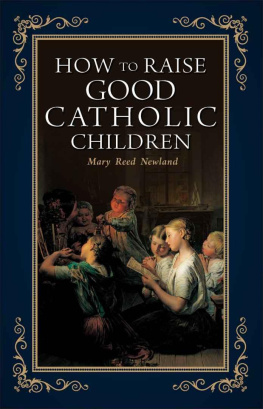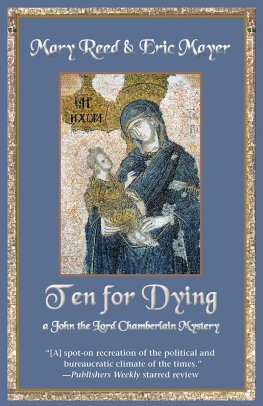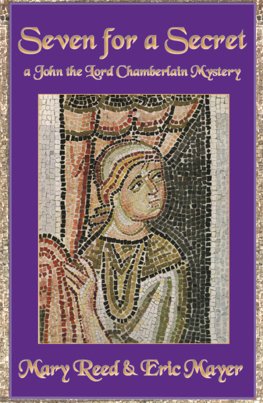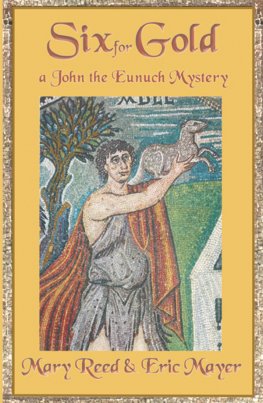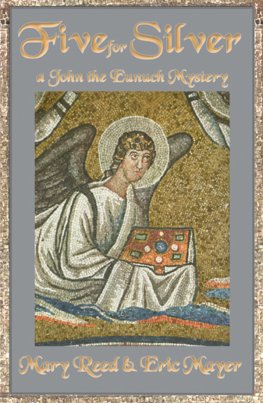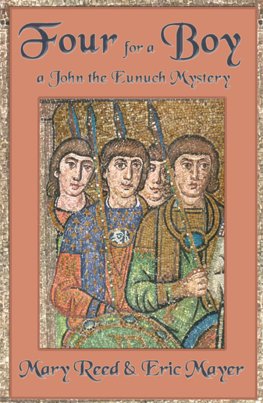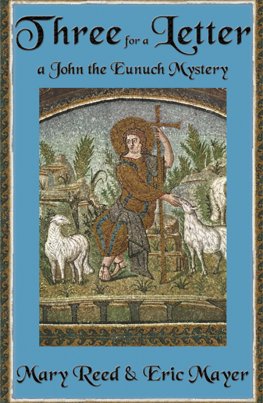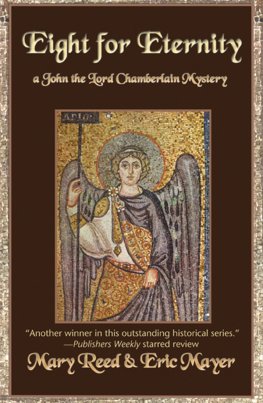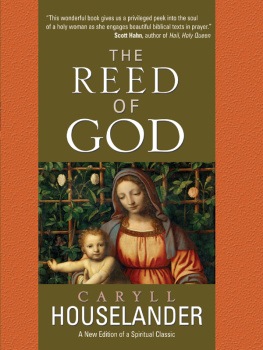by Mary Reed Newland:
How to Raise Good Catholic Children
The Year and Our Children
Catholic Family Celebrations for Every Season





......................... ix
...... 3
.................... 17
. 31
............ 57
.............. 85
............... 95
.................. 107
........................ 121
........................ 135
.............. 147
................ 161
.......... 187
..................... 199
........................ 213
............ 231
........ 239
.................... 287
........... 303
...................... 321
................... 329
"Did you always do these things?" people ask when they meet a family that celebrates the feasts of the Church year at home. The answer of our family is, "No, we did not always do these things." We are one of the families that "picked them up."
We were a typical American family stirred by an uneasiness that was hard to define. It had to do with the desire to draw closer to the Church and what she was doing as she moved from one season to another, but we didn't know how to explain it. We loved her, but we weren't close enough to her, and we couldn't tell why. We thought there were many more ways she could illumine our lives, but we didn't know what they were. Stirred is a good word for it. We were quite stirred up.
Strangely enough, the most important step in the changing of our family life was being stirred up. Afterward, we learned that the Church prays for it again and again during Advent. If it is a real stirring, inevitably you begin to learn - first of all, because God wants you to learn and has stirred you up in the first place, and secondly, because you already possess much of what you want to learn. But you possess it in a kind of disorder, so that you don't realize that you possess it. What we were seeking was a new perspective from which to see the treasure we already possessed, and a way to re-assemble it, to put it in order.
Let me explain.
We had the Faith and, in it, sacramental life. We lived the Christian year (at least, we half-lived it: if you go to church, you can't help at least half-living it). We knew much of the doctrine, and we had problems on which to apply it, but there seemed to be a connection missing between the doctrine and the application - as though much of the time we were powerless to see how it applied. We had a number of natural gifts distributed among the lot of us, as all families have - some intelligence, some ingenuity, some imagination - and it seemed that these ought to be used in combination with the other things. Yes, but how?
What we sought was a way to combine all these things harmoniously so that they would make a life for our family that was wholly Christian and would allow us to grow in the knowledge and the love of God in the times in which we live.
To see that the Church lived the year made the difference. To see ourselves as part of the Church, and therefore with a year to live, was the clue. Christ is our life. If we would pattern our life after anything, it should be after His life. But we share His life in the life of the Church. We had the pattern all the time in the daily life of the Mystical Body, and didn't know it.
This is how we started "living the Church year." It began, for us, with an Advent wreath and reading the fine print in the missal; after that, we read everything we could get our hands on that would help us. One by one, the seasons of the Christian year began to shape our prayer and our activity, and shed light on how we were to use the doctrine. We were a long time reaching the point where we fell naturally into the practices we now use to celebrate feasts and keep vigils. Because it was new to us, we were awkward, even embarrassed. This is something we meant with all our hearts: one is afraid to be caught posing at something so precious to us. So it entered us slowly, this "Christening" of our life.
complained to our Lord that He didn't send her the grace to enjoy one of the great feasts as she had hoped to do. He replied that it would have pleased her to enjoy it, but it pleased Him more to have her offer the lack of joy to Him. So sometimes He teaches us best by letting us get nowhere.
Some might protest that this is not really praying with the Church, this making of wreaths, baking of cakes, crowning of kings, dressing of dolls, cutting, pasting, sewing, planting; that this is not prayer of any depth and certainly not the liturgy of the Church. No, but for people who are learning what the liturgy is, and how to follow the prayer of the Church, who are making their first attempts really to pray it, this is the way to learn. We learn to swim in the shallow water before we are able to swim in the deep. These delightful things to see and touch and smell and taste and hear and make and do are by far the best tools there are to teach of the beauty and power of God, and the richness of life in Christ. We provide the natural settings, teach the words, give the ideas, draw the analogies, read the stories, sing the songs, tell the tales, warm all this with our love - and God makes the increase. We are not trying to do His part of the job, only our own - which is to prepare the hearts and minds of our families so that they will respond to Him. If they love the approaches to the knowledge of His love and grace, they will be more easily led to the fountains of love and grace.
This book tells of the year and its seasons, their spirits, some of the background and stories that go with them, and things to make and do to celebrate them. Some of the customs are borrowed from beautiful European customs that have so enriched American family life. Some we have made up ourselves because they seemed the best way to communicate certain ideas and joys to an American family. We have used them all; so we know that they are practical. The stories have been written so that they may be read aloud from the book, or retold, if that is your way. We hope everything this book contains will be useful and will serve as a springboard for families who, trying out our ideas, will change them here or there, embellish them, give them their family's personality and flavor, and make their own lasting Christian customs. It is not the customs that are universal, but the liturgy.

